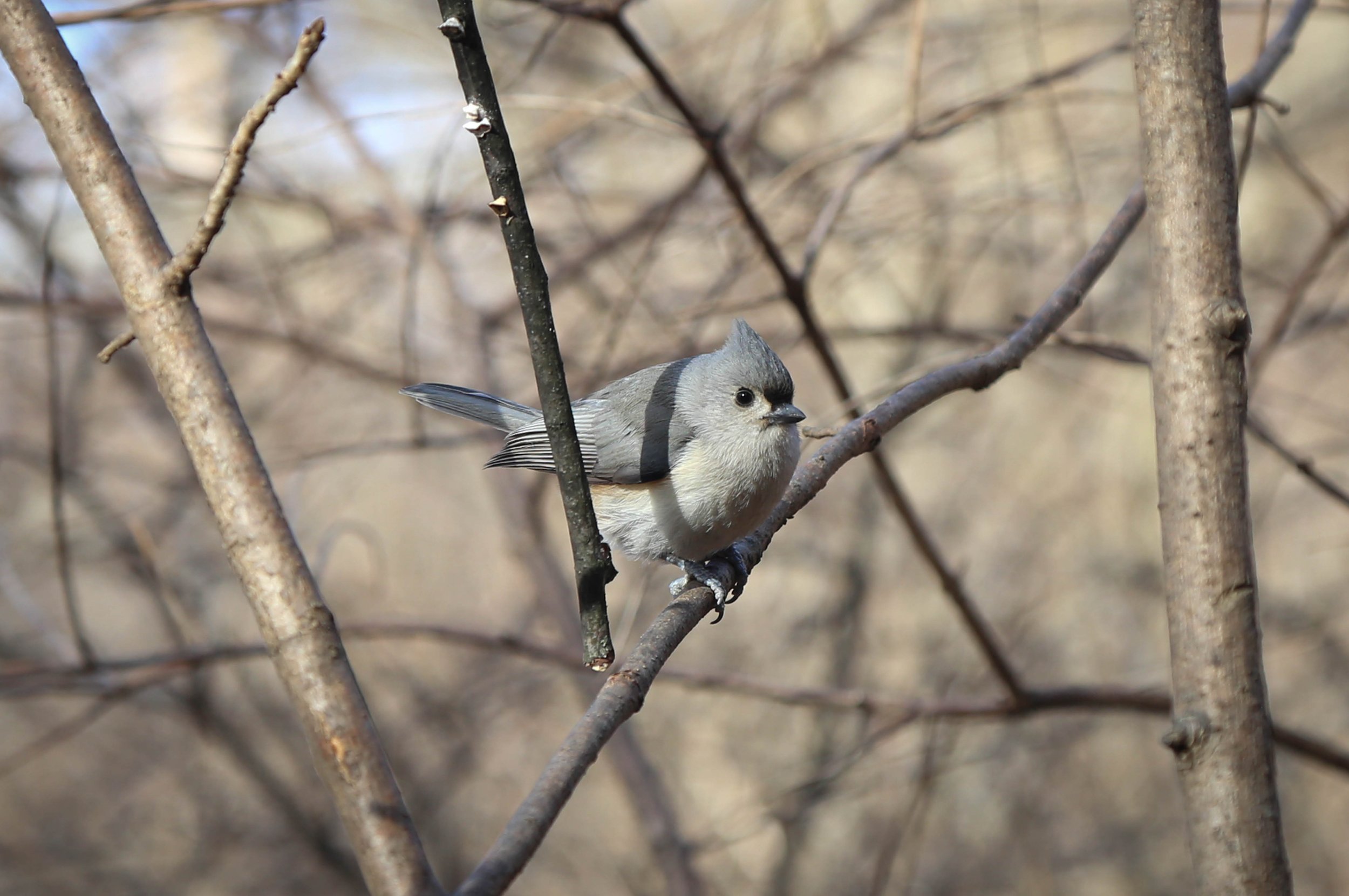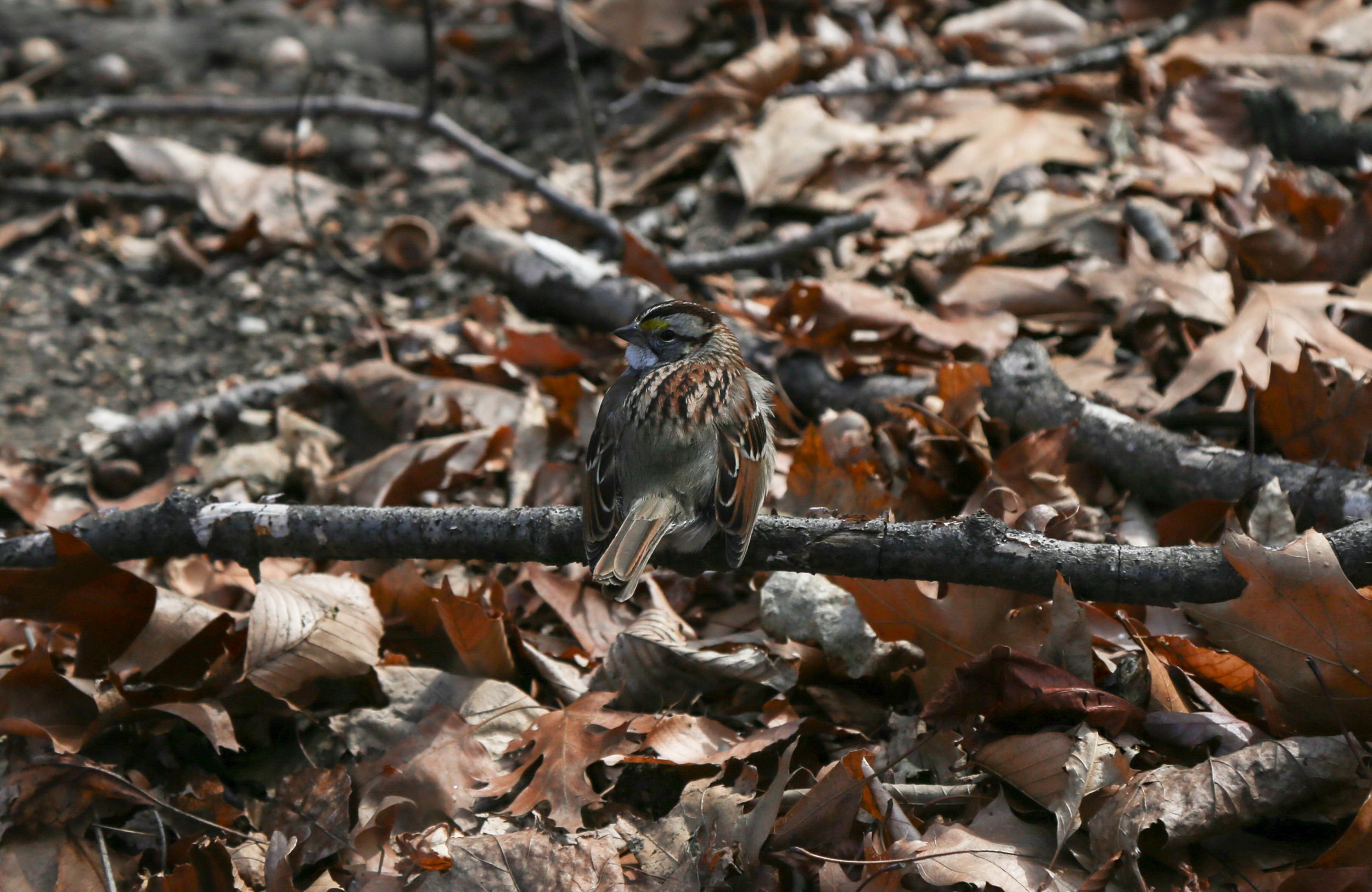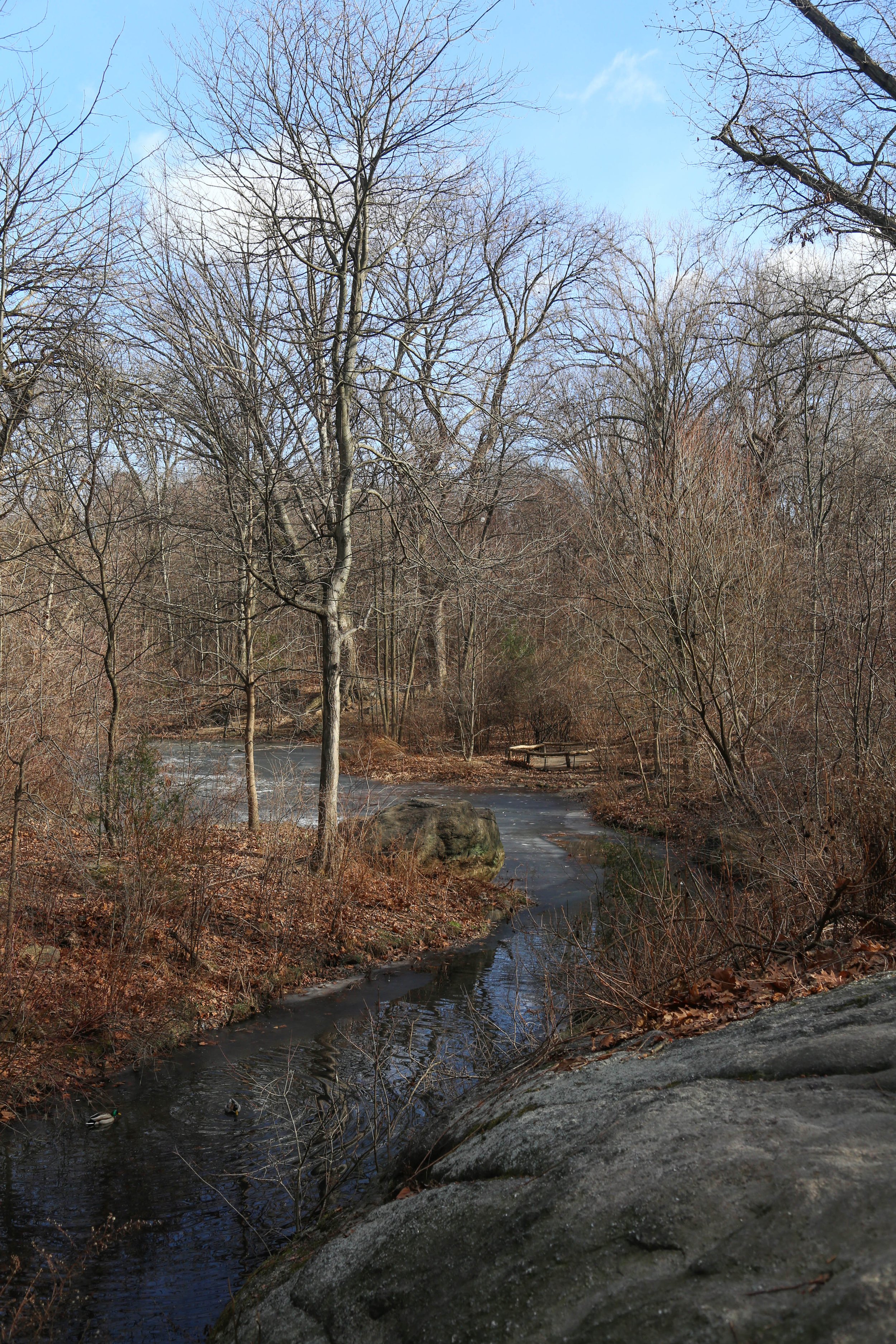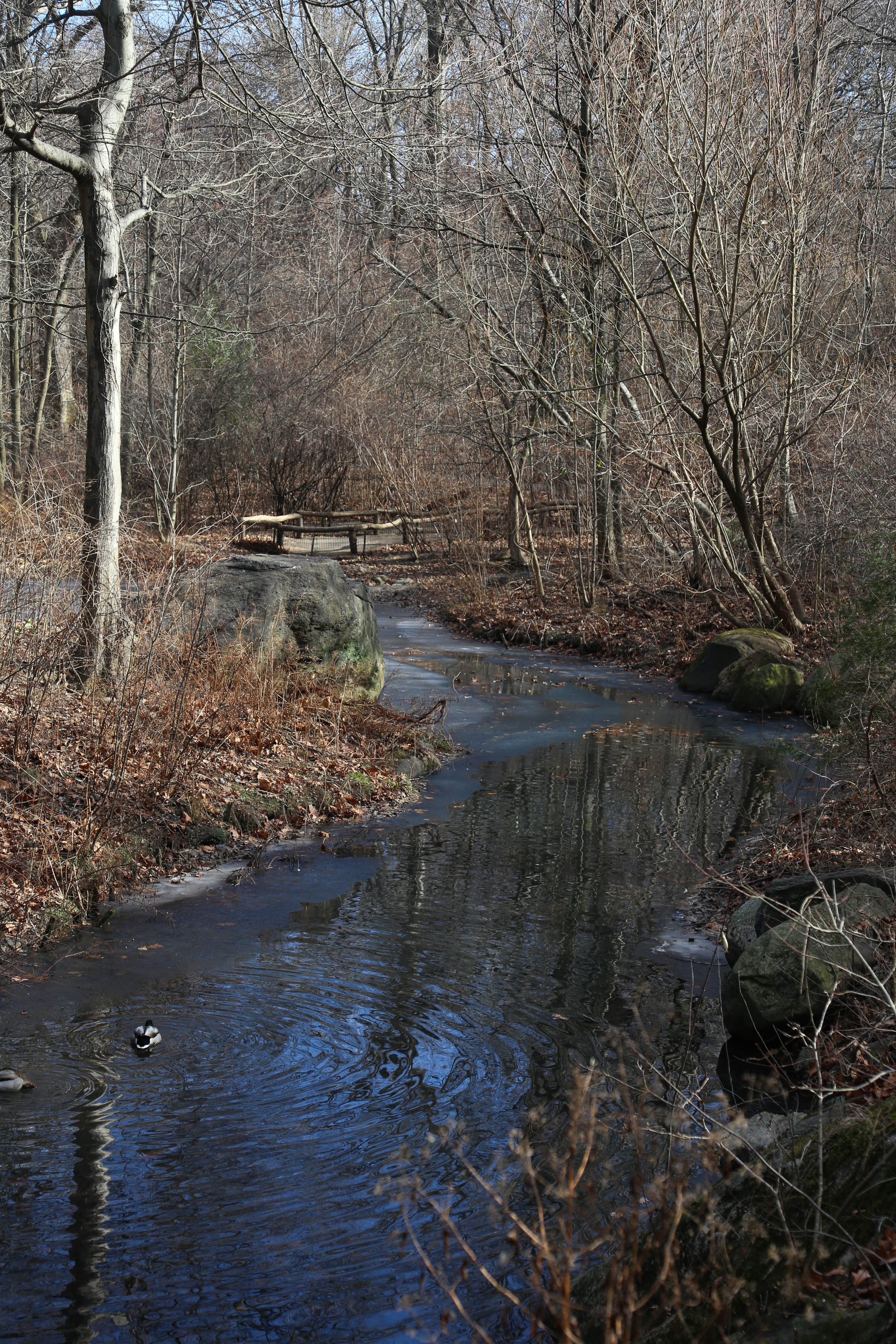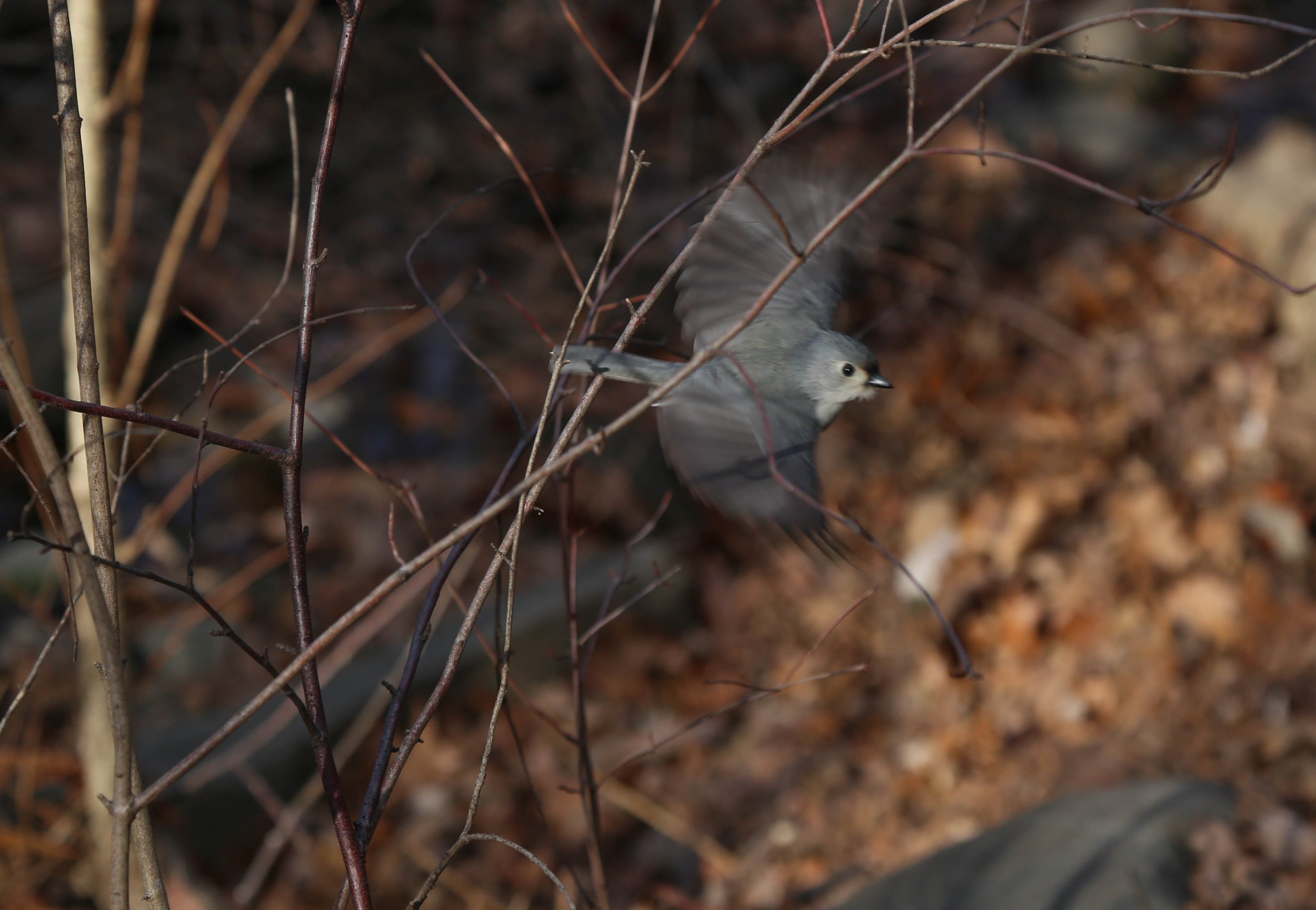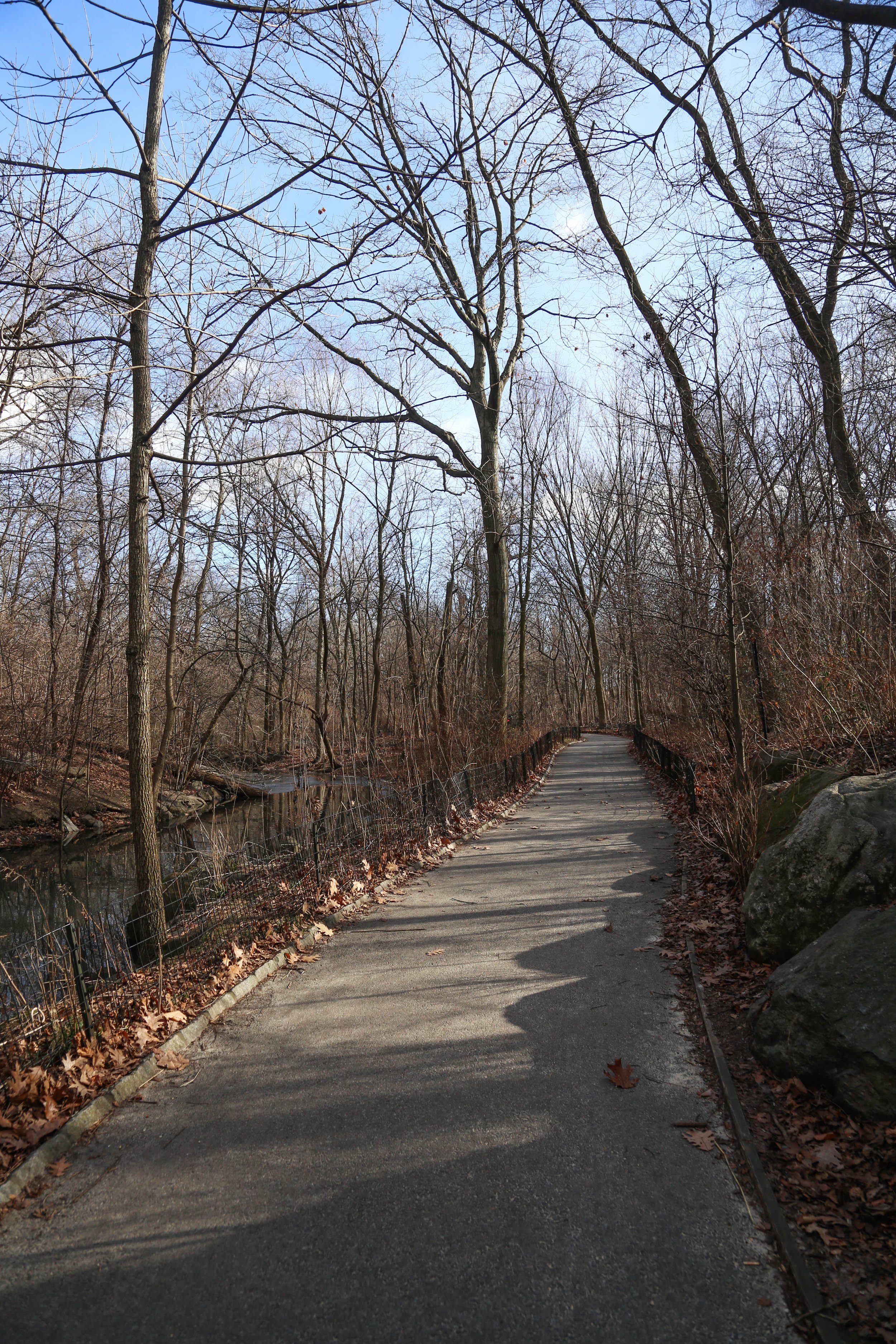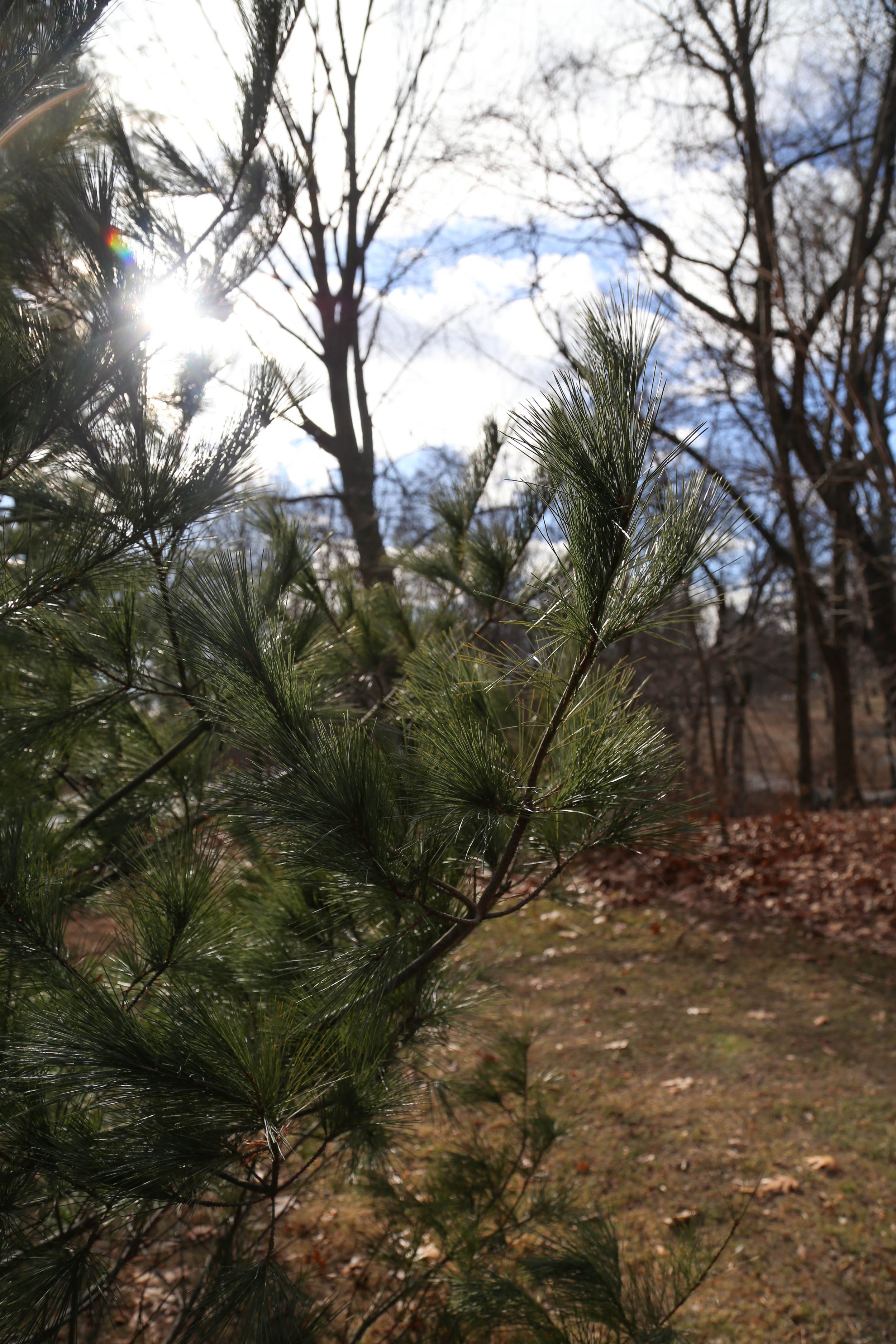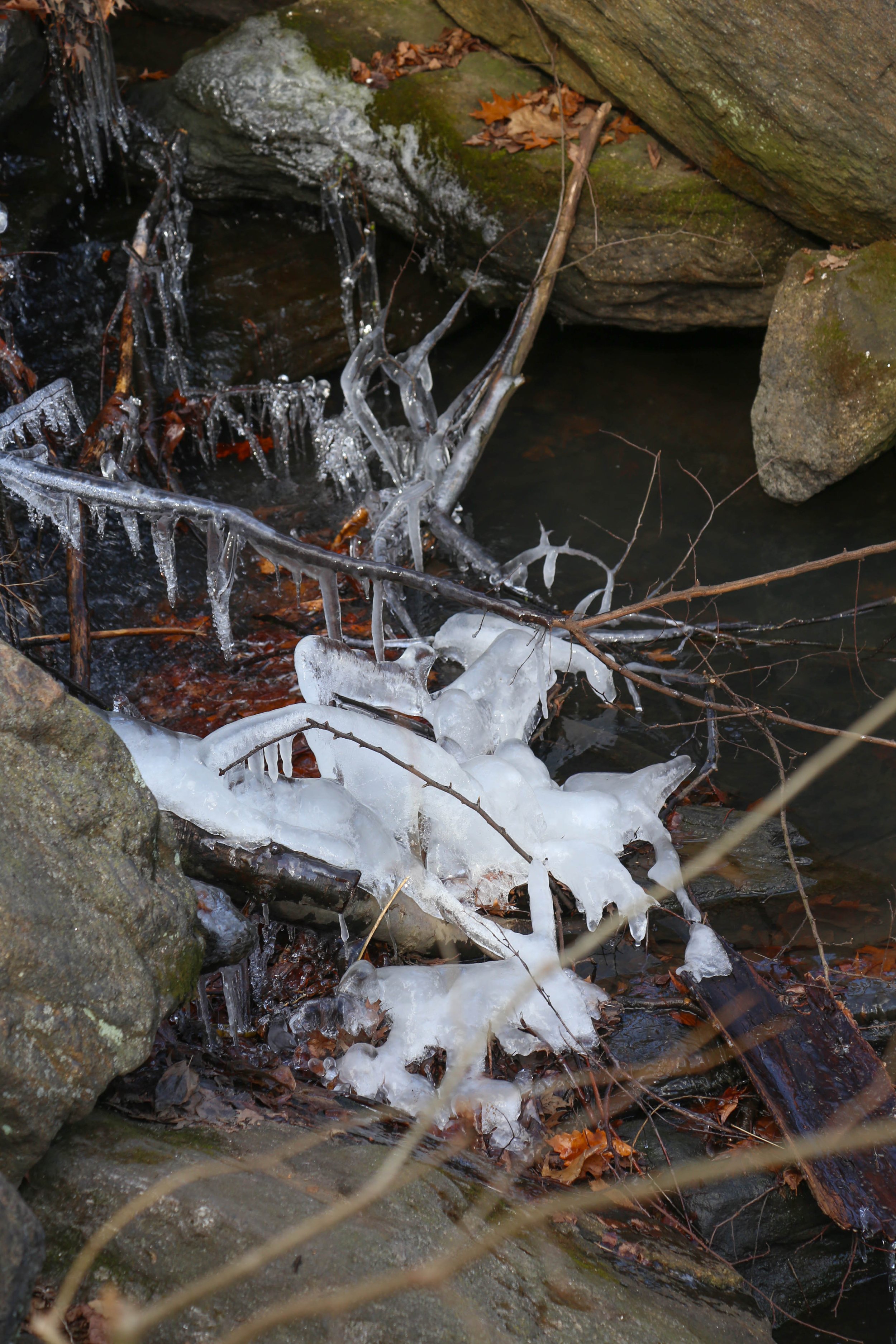I continue to take advantage of the nature at Central Park’s North Woods. There’s always good birdwatching around The Loch and there are usually a red-tailed hawk or two waiting for an easy meal.

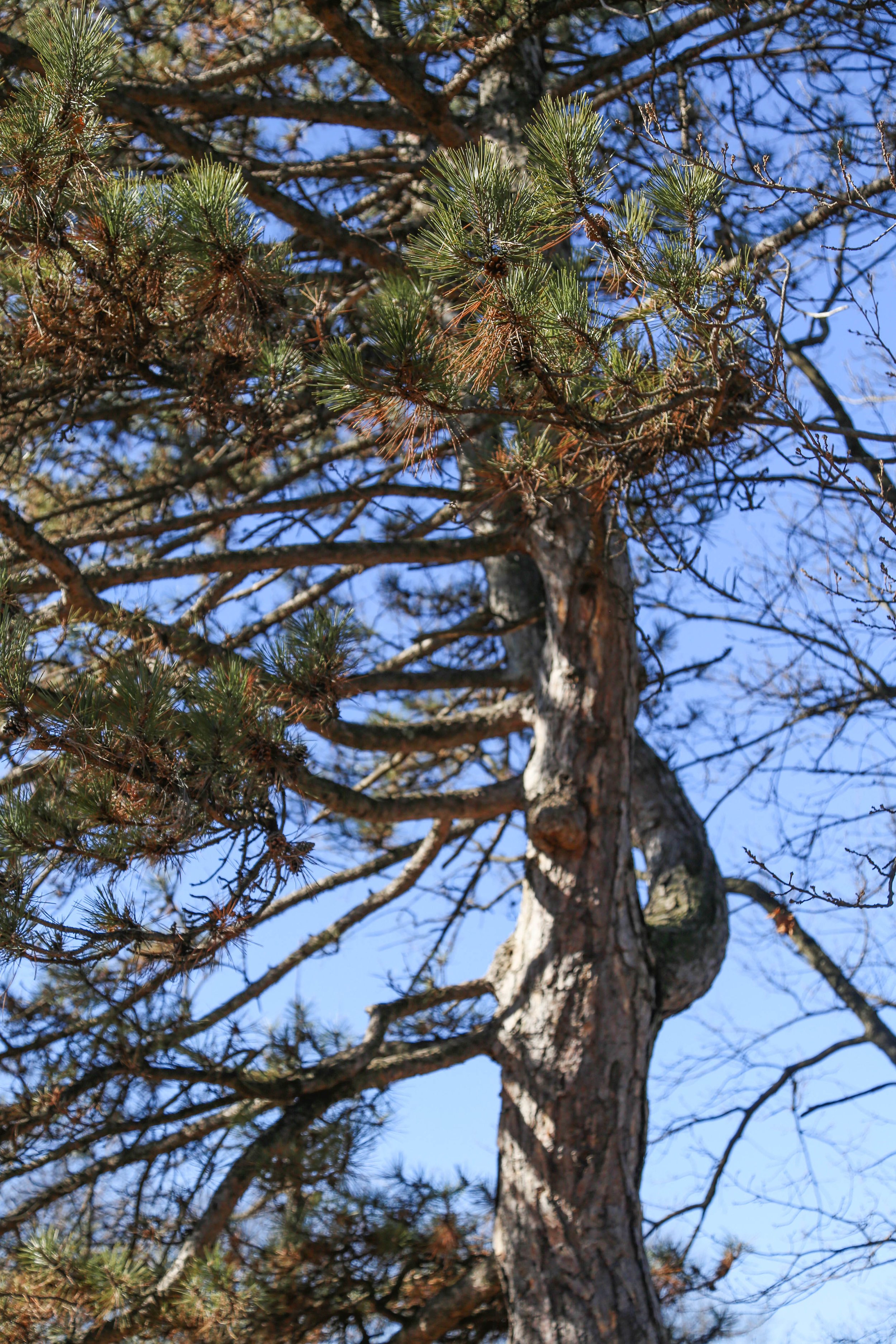



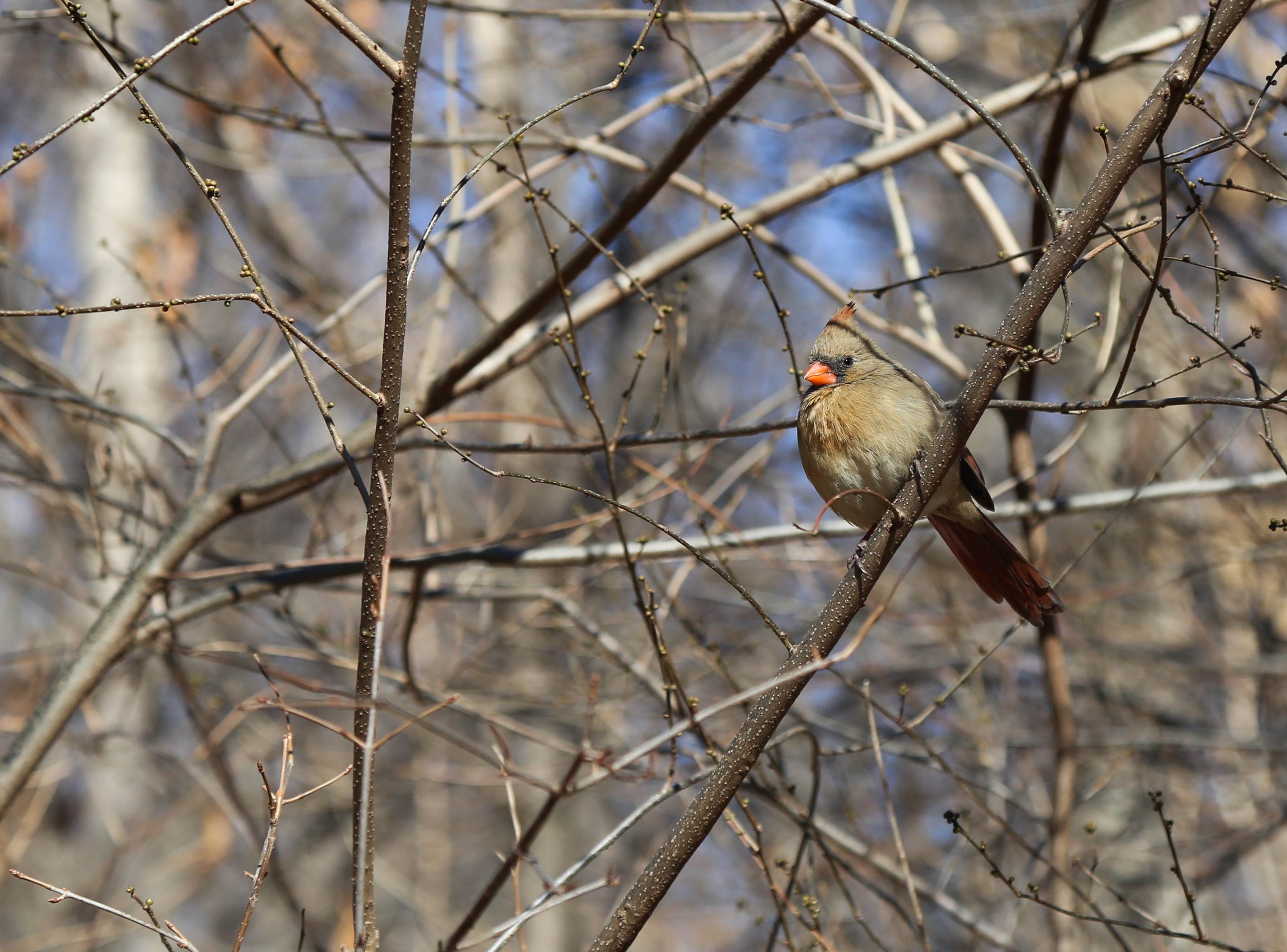



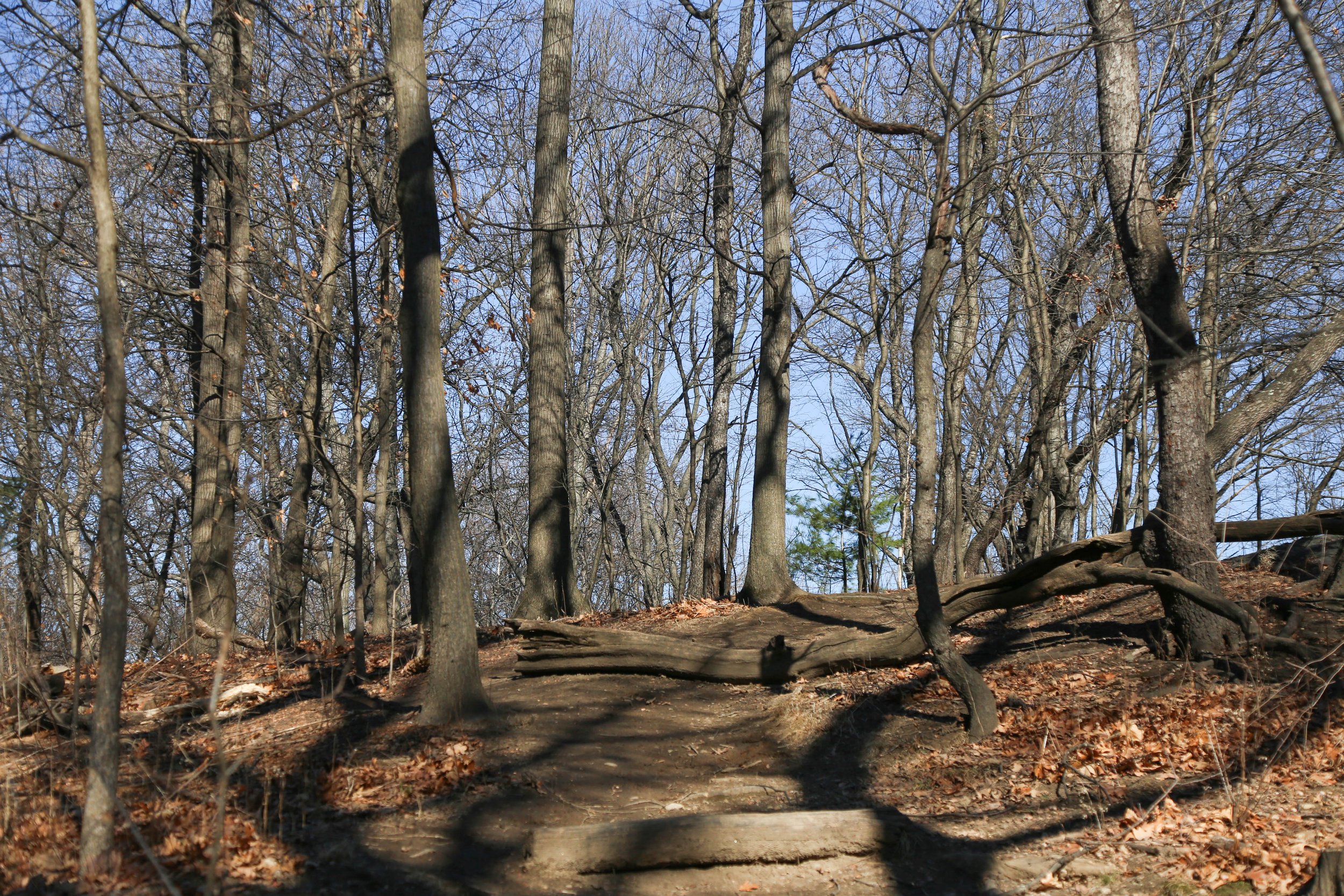


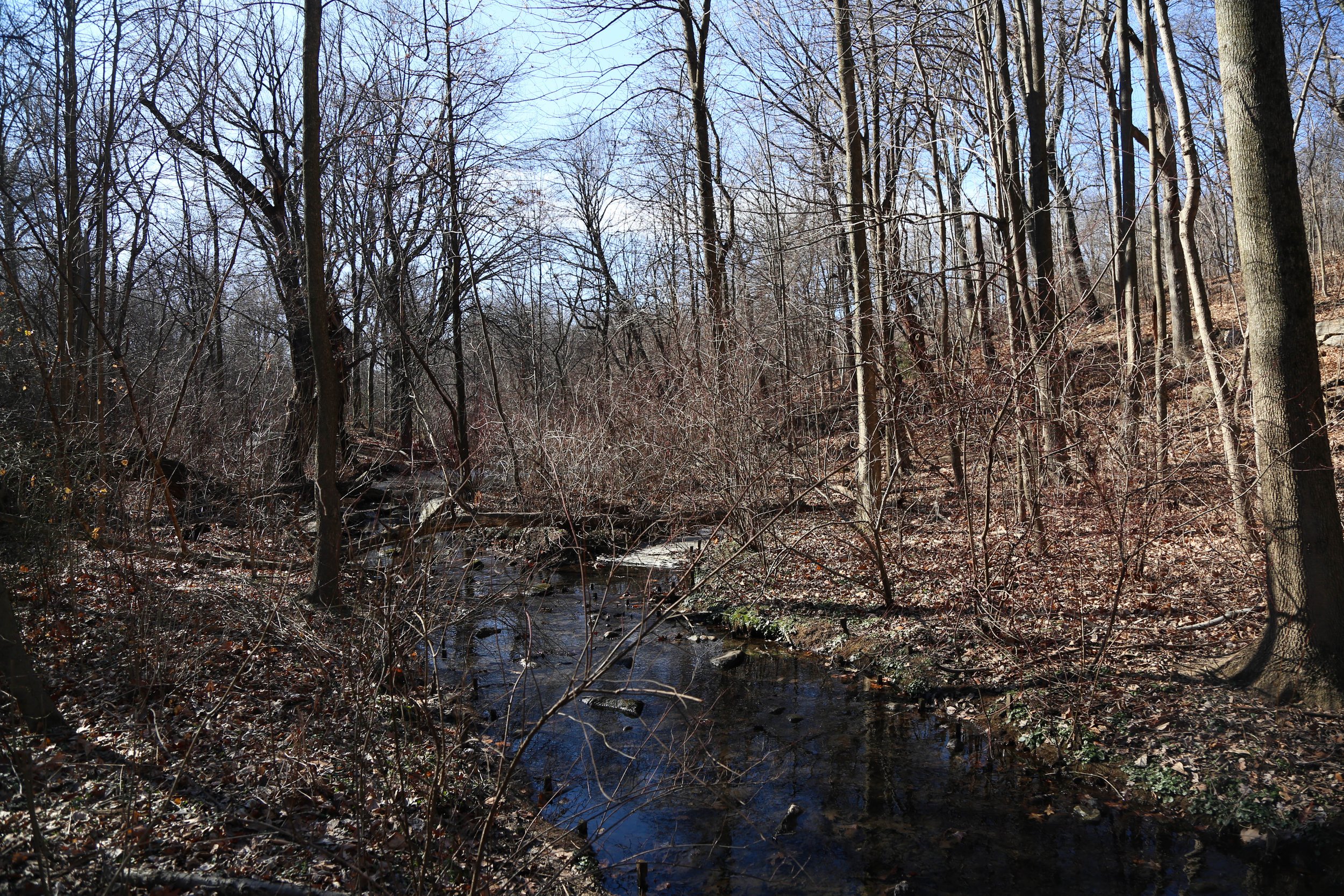
Central Park
Today, I felt an urge to visit a White Pine in person after taking an herbal medicine class with Robin Rose Bennett at the Fou Gallery yesterday.
I took the train to Central Park and walked my usual route toward the North Woods. It didn’t take long before I spotted three Eastern White Pines just west of Ballfield 2.
I greeted the trees with a friendly hello and spent time studying the needles and bark. I noticed some cones on the ground, lying among a carpet of fallen brown needles. I picked up a twig, made a small scratch in the bark, and inhaled the fresh, piney scent. One of the trees had resin oozing from its bark, so I scooped up a tiny bit with my fingernail. Nothing beats the fresh smell of pine resin!
White Pine, when taken medicinally, can be beneficial to the respiratory system, helping to soothe the lungs. It’s also rich in vitamin C. And let’s not forget that trees help filter air pollutants, cleaning the air we breathe—something I really appreciate while living in Manhattan.
I thanked the trees for their time and headed to the Loch. I found myself at the special spot again where people sit to feed the birds. Just as I sat down, a large red-tailed hawk flew in and landed on the tree directly above me. I sat quietly, watching the great raptor perch high above, scanning the ground below and preening its feathers.
As I watched, I heard the voice of a woman on her cell phone. She ended her conversation and sat down to observe the hawk too. Eventually, more people arrived—a couple, probably just discovering this special place for the first time. They seemed enchanted as more and more birds flitted about and perched in the trees below the hawk. We all sat together in quiet anticipation, watching.
Eventually, the hawk flew away, and everyone went on their way. But for a moment, we all shared something magical. Nature really does bring people together, even for a New York minute.
It’s the weekend, and the North Woods is a little busier than when I was here during the week. I’m with my husband today. He has never been to this section of the park. We enter the Ravine, and I notice three mallard ducks—two males and one female. Their heads are tucked under their wings. Are they sleeping or just keeping warm on this cold, gray winter morning?
We continue north past Huddlestone Arch and stop to admire another waterfall. We cross over the Loch to the other side and go to a special spot where people sometimes sit, put out their hands with a handful of birdseed, and let the birds perch right on their hands to get the seed. At this spot, there is an abundance of house sparrows, male and female. I’m getting to know the regulars now, which also include common grackles, black-capped chickadees, cardinals, nuthatches, and tufted titmice.
We sit quietly for a time to listen and watch. A squirrel sidles up to me, seemingly disappointed that I did not bring a handout. Having a moment to connect with nature in a large city such as New York is so important, especially during the winter. As we sit, more people approach. It’s time for us to move on so that others can feel the same connection.
It’s cold in New York City today. Temps are in the mid to upper 20s, and the wind gusts make it feel even colder. I head to Central Park anyway because it’s a sunny day, and there are so few of those during the long winters on the east coast. I enter the park on the east side of 96th and head west. I’m headed to Central Park’s largest woodlands, the North Woods. I turn north and pass by the ball field now covered by a large flock of Canada Geese. Ascending to West Drive, I can see the Pool from the crest of the hill as I cross the street. Some of the water is frozen, and there are ducks swimming on the parts that aren’t. I head down the path and stop for a moment to admire a waterfall to my left just before Glen Span Arch. The arch is made of large, rustic stone, and as I walk underneath it, I cross the threshold into a woodland known as the Ravine, entering the North Woods.
The environment is very different from bustling Manhattan. The noise of traffic, sirens, and cars is replaced by birdsong and the sound of flowing water. The watercourse, known as the Loch, predates the park and flows into the Harlem Meer in the far north. I walk slowly along the path, observing the birds, the brown, decaying leaves on the ground, and a holly tree. The path leads me to another waterfall with an outcropping of rocks. I stop, take a photo, and listen to the sound before crossing a wooden bridge.
The bridges within the North Woods are constructed from black locust, chosen for its ability to withstand rot caused by harsh weather. I continue along the path and stop again to watch the birds: Tufted Titmouse, White-throated Sparrow, and Northern Cardinal. It’s so quiet here. I am alone. Suddenly, I realize that, for a moment, I have forgotten I’m in the middle of New York City!
It is true that the North Woods evokes the feeling of wilderness in the Adirondacks. This was the intention of Central Park’s designers, Frederick Law Olmsted and Calvert Vaux. Having hiked the trails of the Adirondack wilderness quite a few times, I can honestly say these gentlemen have done a remarkable job.
